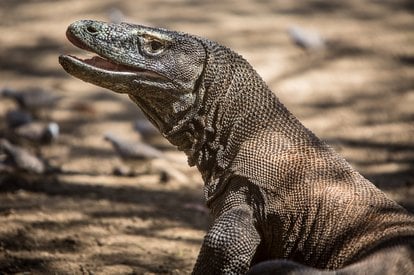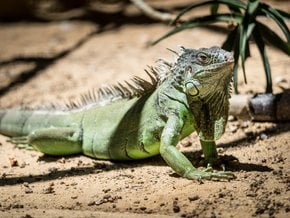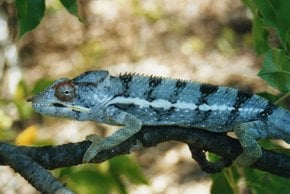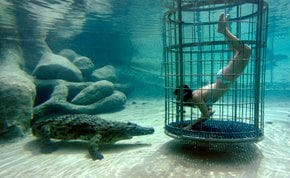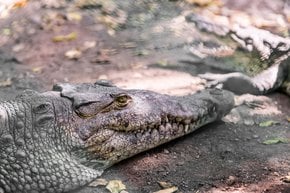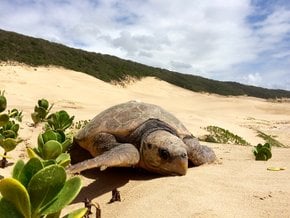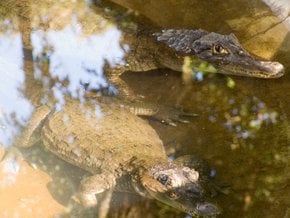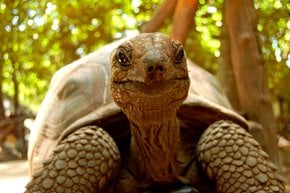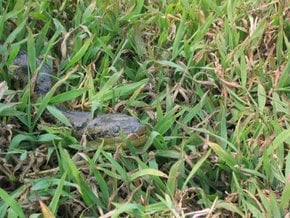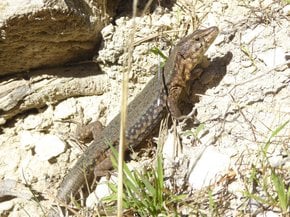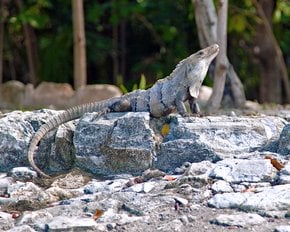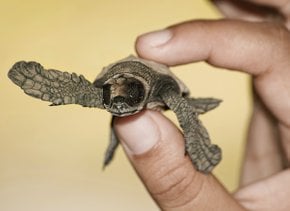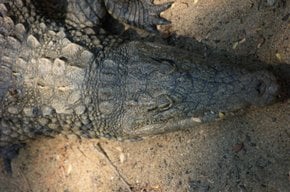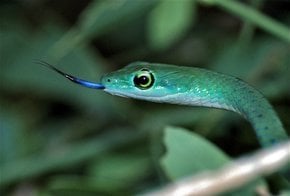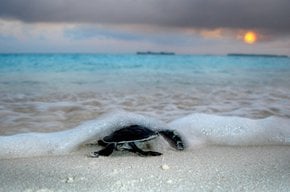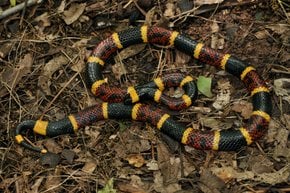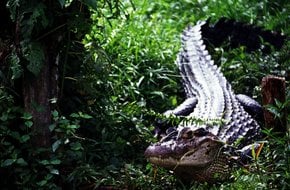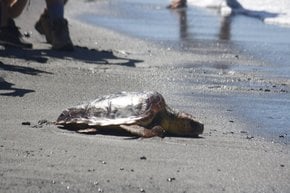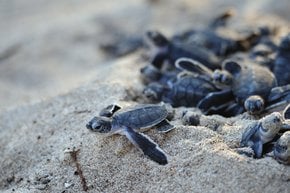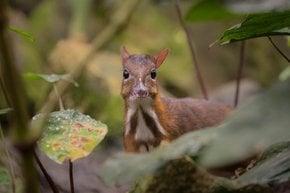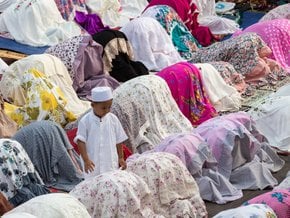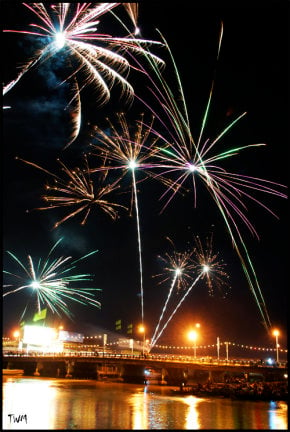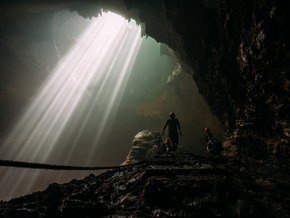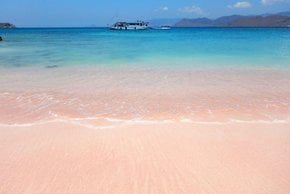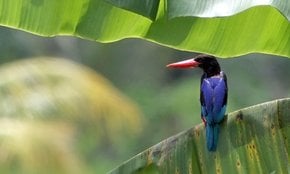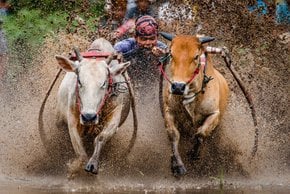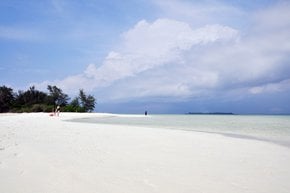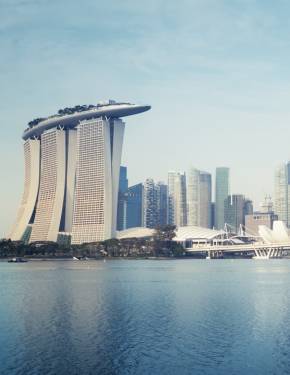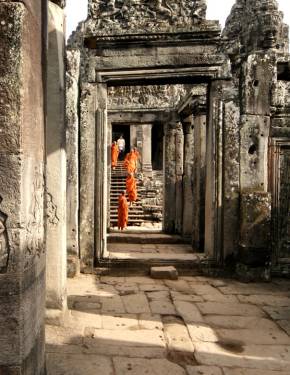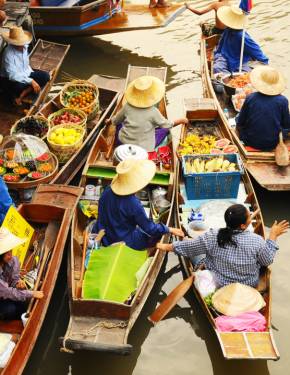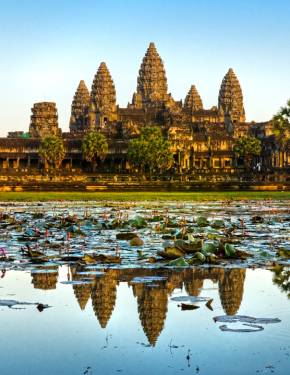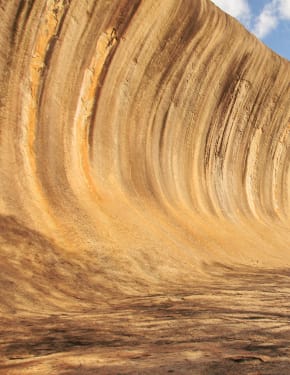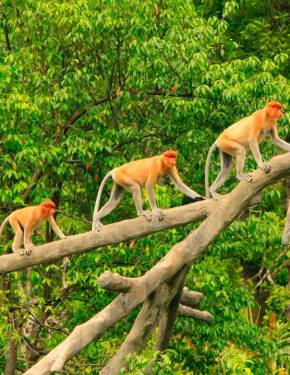Komodo Dragons in Indonesia 2025-2026
Observe the largest and most dangerous of all living lizards
Best time: April–December
Visiting the Komodo Islands and seeing a Komodo dragon is definitely a once in a lifetime experience. The Komodo dragon (Varanus komodoensis) can reach 3 m in length and weigh up to 70 kg. It lives in the wild in the islands of Komodo, Rinca, Flores, Gili Motang, and Padar. There are only 3,000 dragons left and this endangered animal is protected by Indonesian law.
The best place to observe the lizards is the Komodo National Park in Lesser Sunda Islands. It is recommended to go on a guided tour with local rangers. The Komodo dragon is a dangerous animal, and there have been cases when tourists have been bitten. The Komodo dragon's venomous bite can be lethal to humans, so it's important to follow the rules and safety instructions while you visit areas where these lizards roam freely.
The best time to observe Komodo dragons is during the dry season as these cold blooded creatures enjoy time in the sun, especially in the morning and afternoon. The beginning of the dry period also coincides with their breeding season, a time when they are most active. During the rainy season, they conserve their warmth and stay in their burrows, coming out only to hunt. Komodo dragons dig nests to lay eggs in August and September.

